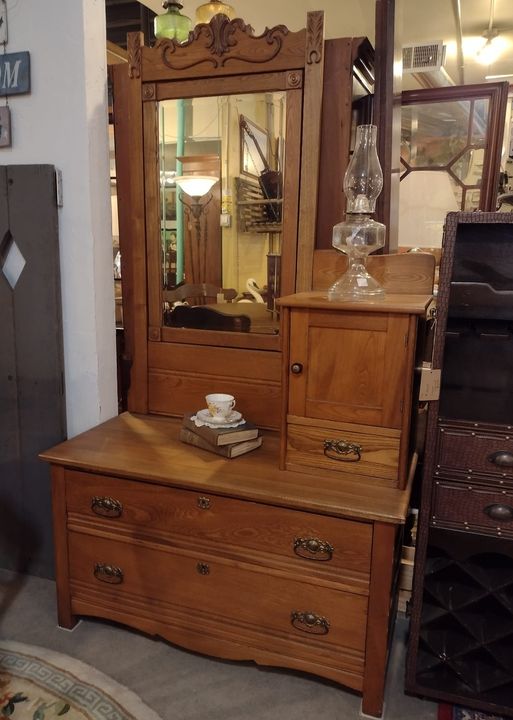
Pin and Scroll Joinery
“Pin & Scroll” comes from a dovetail-type joint that was used during the late 1800ís. It is more commonly called the ìKnapp Jointî or ìPin & Crescent Jointî and was developed by Charles B. Knapp, a furniture maker in Waterloo, Wisconsin. The joint consists of integral dowels and half-round mortises in the face of the drawer, and a half-round ìtailî with a hole drilled in it to receive the dowel on the drawer sides. Charles Knapp completed the machine to make this joint in 1867 and the joint became widely used by 1870, but fell out of popularity with the introduction of the standard machine dovetail at the turn of the century.
The joint itself is beautiful, especially when contrasting woods are used for the drawer front and sides, but the strength of the joint is what makes it remarkable. It is rare that a drawer that was assembled using this type of joint will ever come apart. It is a combination of enduring strength and beauty.


